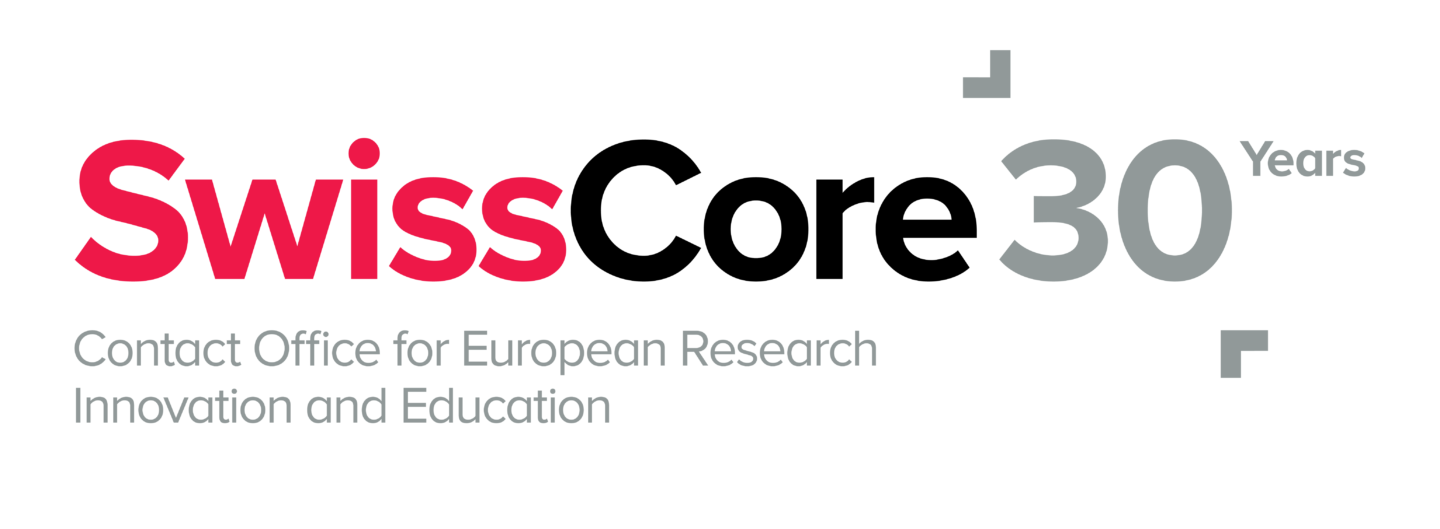The Joint Research Centre’s new report offers a roadmap for EU public administrators to adopt AI responsibly, focusing on competencies and governance practices.
The European Commission’s Joint Research Centre (JRC) recently published a report titled ‘Competences and Governance Practices for Artificial Intelligence in the Public Sector’. This report provides a roadmap for public administrators to responsibly integrate artificial intelligence (AI), emphasising the need to develop specific competencies and a governance framework to address the challenges of embedding AI in the public sector.
The potential of AI in the public sector has garnered increasing attention from policymakers and governments. In Europe, AI is seen as a critical tool for enhancing public service delivery, optimising resource management and engaging citizens more effectively. However, the adoption of AI in the public sector is still at an early stage and comes with many challenges, including ethical concerns, skill shortages and underdeveloped governance frameworks. The EU has implemented a risk-based approach to AI regulation with the AI Act (see SwissCore article) and the Interoperable Europe Act, which facilitates cross-border interoperability in public IT systems. Additionally, a key initiative highlighted in the report is the Public Sector Tech Watch, an observatory managed by the JRC that monitors and analyses the use of emerging technologies, including AI, within the public sector in Europe. This initiative aims to foster collaboration and knowledge-sharing among public administrations and support them in developing innovation.
The report uses a multi-method approach for its findings. This includes a comprehensive review of academic research, an online expert workshop involving 40 participants from diverse public organisations and interviews conducted across seven case studies of European public organisations in which AI is being actively implemented. For instance, Amsterdam was one of the first cities to establish an AI registry, a public tool that documents the lifecycle of algorithms used by the city. By providing insights into how the algorithms are used, the registry enhances transparency and accountability, addressing the key issue of building public trust in AI governance.
Competencies are a cornerstone of effective AI adoption in the public sector. These competencies comprise technical expertise, managerial skills and a deep understanding of policy, legal and ethical considerations. The authors outline three dimensions of competencies: technical, managerial and policy, legal or ethical, organised into clusters based on their abstraction level: attitudinal (know-why), operational (know-how) and literacy (know-what). This approach recognises that public sector professionals need a mix of practical skills alongside a conceptual understanding of AI’s ethical and societal implications. Equally critical to the successful deployment of AI in the public sector is a robust set of governance practices. The report sorts these practices into procedural, structural and relational practices that operate at strategic, tactical and operational levels. These practices should ensure that the use of AI aligns with public values, regulatory standards and institutional goals while fostering accountability and innovation. The report highlights the interdependence between competencies and governance: AI competencies are required to develop AI governance, which is used to foster and update AI competencies.
The report outlines several recommendations to address competency development and governance for AI in the public sector. For competencies, it emphasises implementing targeted training programmes spanning technical, managerial, policy, legal and ethical areas, revising hiring practices to attract diverse AI talent. Building organisational capacity is also critical, including establishing dedicated teams to manage AI initiatives, ensuring proper resource allocation and enhancing collaboration across departments to integrate AI effectively. On governance, the report underlines the importance of ethical and transparent AI practices. This involves creating guidelines aligned with EU regulations, deploying tools to mitigate risks like bias and introducing transparency measures such as AI registries and public reporting. Citizen engagement is also emphasised as a critical component of AI governance. For instance, public consultations and participatory decision-making processes can help ensure that AI systems align with societal values. Finally, the report proposes establishing regulatory experimentation zones to pilot AI applications under controlled conditions. For EU policymakers, this report emphasises that AI is not only a technological tool but a transformation requiring organisational shifts. Public administrators must, therefore, drive AI innovation while safeguarding citizens’ rights. Overall, the insights from this report provide an actionable model for navigating the demands on the public sector to comply with ethical and transparency standards, particularly as the AI Act moves closer to full adoption and enforcement.

